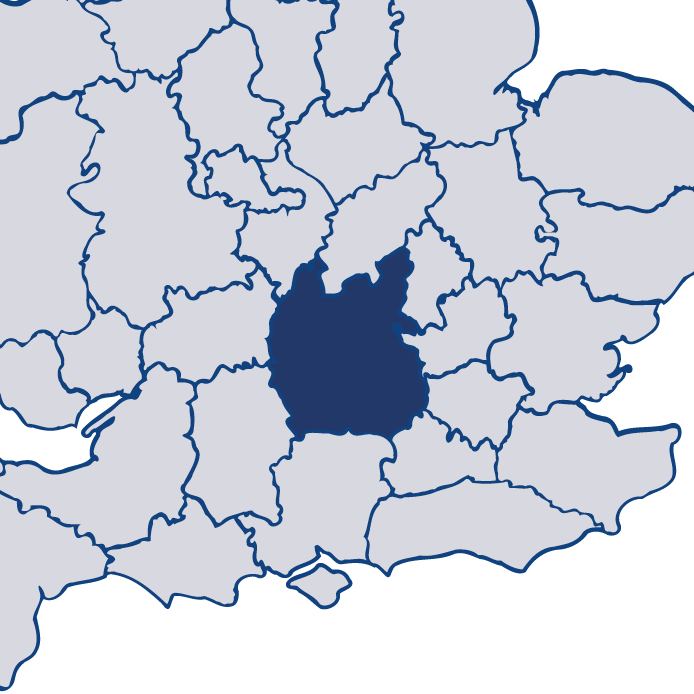Thames Valley 2017
Read more about Thames ValleyThis is HMICFRS’ fourth PEEL (police effectiveness, efficiency and legitimacy) assessment of Thames Valley. PEEL is designed to give the public information about how their local police force is performing in several important areas, in a way that is comparable both across England and Wales, and year on year. The assessment is updated throughout the year with our inspection findings and reports.
The extent to which the force is effective at keeping people safe and reducing crime is good.
The extent to which the force is efficient at keeping people safe and reducing crime is outstanding.
The extent to which the force is legitimate at keeping people safe and reducing crime is good.
HMI's observations
Read my assessment of Thames Valley Police below.
I congratulate Thames Valley Police on its excellent performance in keeping people safe and reducing crime.
It investigates serious crime well, and is good at protecting the public from dangerous offenders, although it needs to improve its investigations into some less serious crime. I am also concerned to note that, while the force has made efforts to improve its crime recording, much remains to be done.
I am pleased to note that the force has developed its understanding of demand, which is now outstanding, and it adapts its use of resources to meet this demand, particularly to protect vulnerable victims.
The chief constable has created an environment of fairness and respect, benefiting both the people that the force serves, and its own officers and staff. The force is good at ensuring that the workforce behaves ethically and lawfully.
I am pleased that Thames Valley Police has continued to perform well in most areas since last year and am confident that it will continue to ensure that the areas for improvement that we have identified are acted on.
Effectiveness
How effective is the force at keeping people safe and reducing crime?
Efficiency
How efficient is the force at keeping people safe and reducing crime?
Legitimacy
How legitimate is the force at keeping people safe and reducing crime?
Other inspections
How well has the force performed in our other inspections?
In addition to the three core PEEL pillars, HMICFRS carries out inspections of a wide range of policing activity throughout the year. Some of these are conducted alongside the PEEL inspections; others are joint inspections.
Findings from these inspections are published separately to the main PEEL reports, but are taken into account when producing the rounded assessment of each force's performance.






